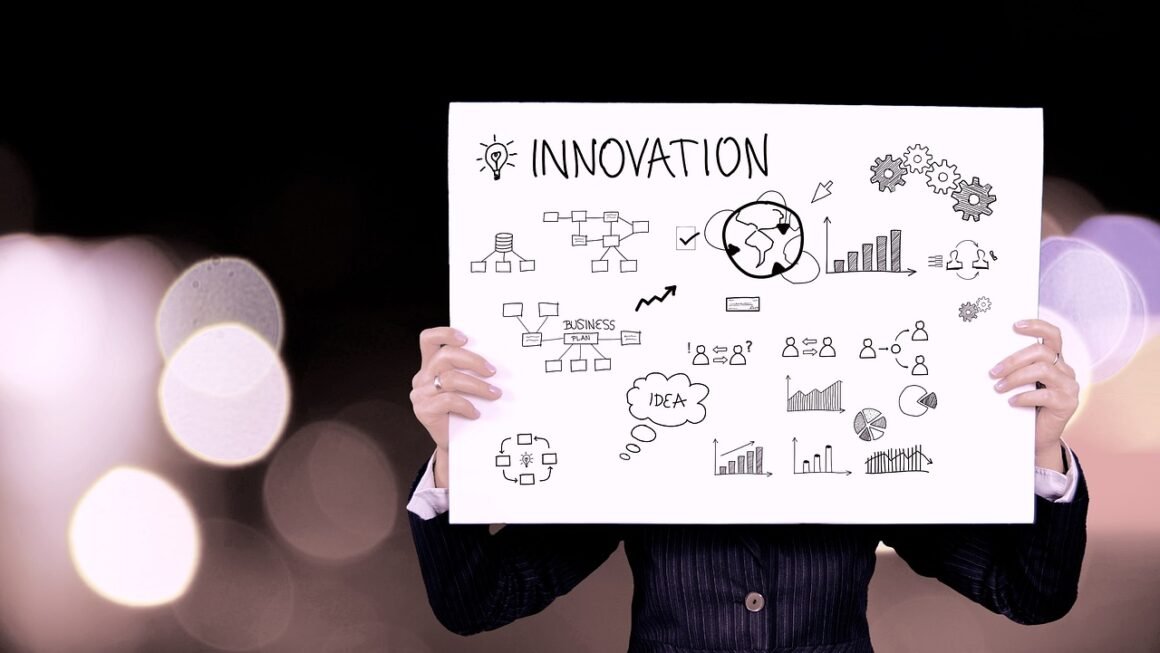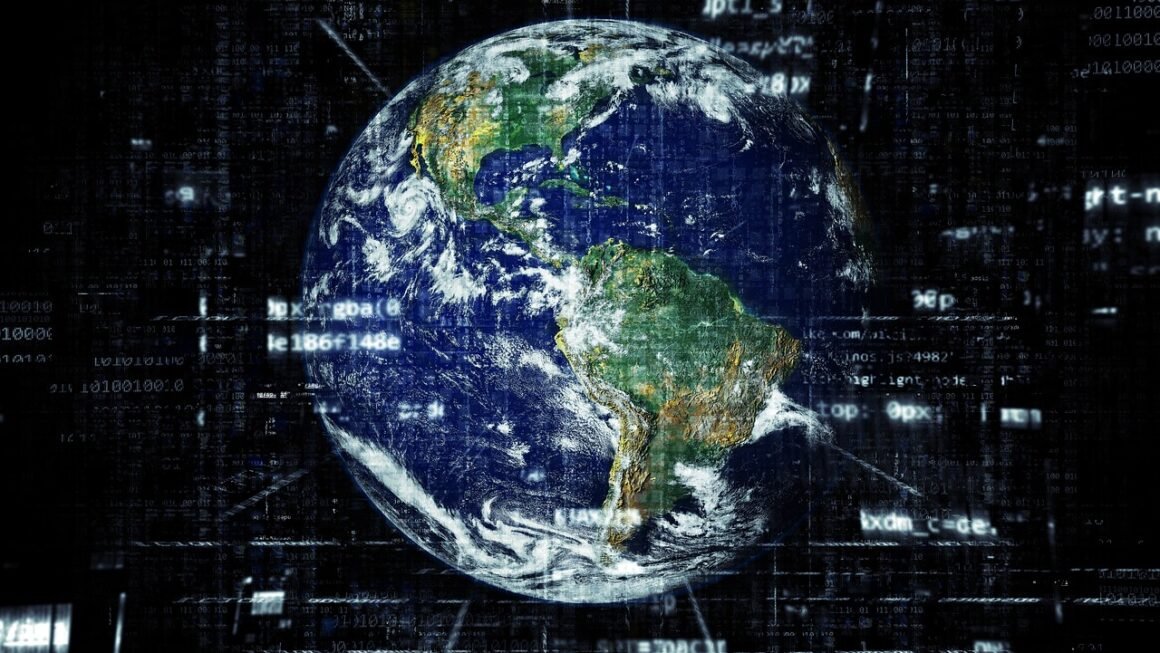Creative AI tools are revolutionizing the way we approach content creation, artistic expression, and problem-solving. No longer confined to science fiction, artificial intelligence is empowering individuals and businesses to unlock new levels of creativity and efficiency. From generating stunning visuals to crafting compelling copy, AI is becoming an indispensable partner for anyone looking to push the boundaries of what’s possible. This blog post will delve into some of the most exciting creative AI tools available today, exploring their capabilities, benefits, and practical applications.
Exploring the Landscape of Creative AI Tools
The realm of creative AI tools is vast and constantly evolving. These tools leverage machine learning algorithms to assist with various creative tasks, offering innovative solutions for designers, writers, musicians, and more. It’s important to understand the different categories of tools available to find the ones that best fit your needs.
AI-Powered Image Generation
Image generation has seen some of the most impressive advancements in AI. These tools can create realistic or stylized images from text prompts, opening up possibilities for artists, marketers, and anyone in need of unique visuals.
- Examples:
DALL-E 2 (OpenAI): This tool creates incredibly detailed images from text descriptions. You can specify styles, compositions, and even ask for variations of existing images.
Midjourney: Known for its artistic and dreamlike outputs, Midjourney is accessible through Discord and allows for collaborative creation.
Stable Diffusion: An open-source alternative that offers flexibility and customizability. You can run it locally or through cloud services.
- Benefits:
Generate unique images quickly and easily.
Visualize ideas that are difficult to photograph or illustrate.
Create custom assets for marketing campaigns, websites, and social media.
AI-Driven Text Generation
AI can now assist in writing articles, blog posts, marketing copy, and even poetry. These tools analyze patterns in language to generate coherent and engaging text, saving writers time and effort.
- Examples:
GPT-3 (OpenAI): A powerful language model that can generate various types of text, translate languages, and answer questions in an informative way.
Copy.ai: Specifically designed for marketing copy, it offers templates for creating headlines, product descriptions, and social media posts.
Jasper.ai (formerly Jarvis): A popular AI writing assistant with a user-friendly interface and a wide range of features.
- Benefits:
Overcome writer’s block and generate ideas quickly.
Create engaging and persuasive marketing copy.
Improve the quality and consistency of your writing.
Automate repetitive writing tasks.
AI Music Composition Tools
For musicians, AI offers exciting new possibilities for generating melodies, harmonies, and even entire musical pieces. These tools can assist with composition, arrangement, and music production.
- Examples:
Amper Music: Allows users to create original music by selecting genre, mood, and tempo.
Jukebox (OpenAI): Generates music with lyrics from a wide range of genres and styles.
AIVA: Composes original music for video games, films, and other media.
- Benefits:
Generate musical ideas and melodies quickly.
Experiment with different genres and styles.
Create custom soundtracks for videos and games.
Assist with music production and arrangement.
Unleashing Creativity with AI: Practical Applications
The versatility of creative AI tools allows them to be applied across various industries and creative disciplines. Let’s explore some practical examples.
AI in Marketing & Advertising
AI can significantly boost marketing efforts by generating compelling ad copy, creating engaging social media content, and even designing marketing visuals.
- Example: Using Copy.ai to generate multiple versions of a Facebook ad headline, then A/B testing them to see which performs best.
- Tip: Leverage AI to personalize marketing messages for different customer segments. According to a Salesforce study, 80% of customers are more likely to purchase from a company that offers personalized experiences.
AI in Graphic Design
From creating logos to designing website layouts, AI can assist graphic designers in streamlining their workflow and exploring new design possibilities.
- Example: Using Midjourney to generate design concepts for a new brand identity, exploring different styles and aesthetics.
- Tip: Combine AI-generated images with traditional design software for a hybrid approach.
AI in Content Creation
AI can assist content creators in generating blog posts, articles, scripts, and other written content. It can also help with editing, proofreading, and optimizing content for SEO.
- Example: Using GPT-3 to generate an outline for a blog post, then expanding on each section with additional research and insights.
- Tip: Use AI to generate multiple drafts of your content, then edit and refine them to create the final version.
Navigating Ethical Considerations and Best Practices
While AI offers immense potential for creativity, it’s crucial to consider the ethical implications and adopt best practices when using these tools.
Addressing Copyright and Ownership
- Key Consideration: Who owns the copyright to AI-generated content? This is a complex issue, and the legal landscape is still evolving.
- Best Practice: Always check the terms of service of the AI tool you’re using to understand the ownership rights. Be transparent about using AI in your creative process.
Combating Bias and Misinformation
- Key Consideration: AI models are trained on data, and if that data contains biases, the AI will perpetuate those biases in its outputs.
- Best Practice: Be aware of potential biases in AI-generated content and critically evaluate the results. Use AI responsibly and avoid generating content that could be harmful or misleading.
The Role of Human Creativity
- Key Consideration: AI should be viewed as a tool to augment human creativity, not replace it.
- Best Practice: Use AI to generate ideas, automate repetitive tasks, and explore new possibilities, but always inject your own creativity and expertise into the process. Remember that AI is only as good as the data it’s trained on, and human judgment is essential for ensuring quality and originality.
Future Trends in Creative AI
The field of creative AI is rapidly evolving, and we can expect to see even more sophisticated and innovative tools emerge in the future.
Personalized AI Creation
- AI models will become increasingly personalized, adapting to individual users’ preferences and styles.
- Imagine AI that can generate content that perfectly matches your brand voice or creates art that reflects your unique aesthetic.
Enhanced Collaboration between Humans and AI
- We’ll see more tools that facilitate seamless collaboration between humans and AI, allowing creatives to work together to achieve their goals.
- This will involve more intuitive interfaces, better feedback mechanisms, and improved integration with existing creative workflows.
AI-Driven Content Optimization
- AI will play an even bigger role in optimizing content for engagement, SEO, and other metrics.
- This will involve analyzing user behavior, identifying trends, and automatically adjusting content to maximize its impact.
Conclusion
Creative AI tools are transforming the creative landscape, offering unprecedented opportunities for innovation and efficiency. By understanding the capabilities of these tools, adopting ethical practices, and embracing the potential for collaboration, we can unlock new levels of creativity and achieve remarkable results. As AI continues to evolve, it will undoubtedly become an even more integral part of the creative process, empowering us to imagine and create things we never thought possible.




